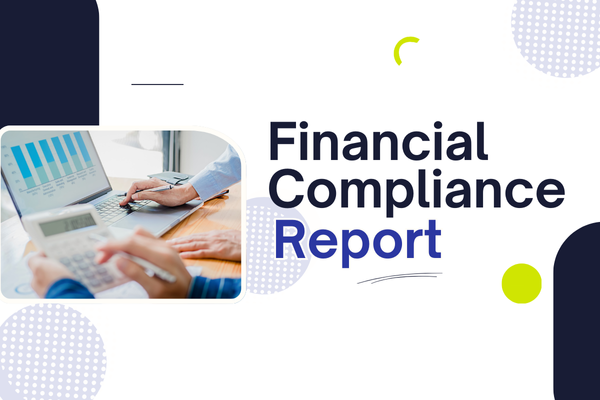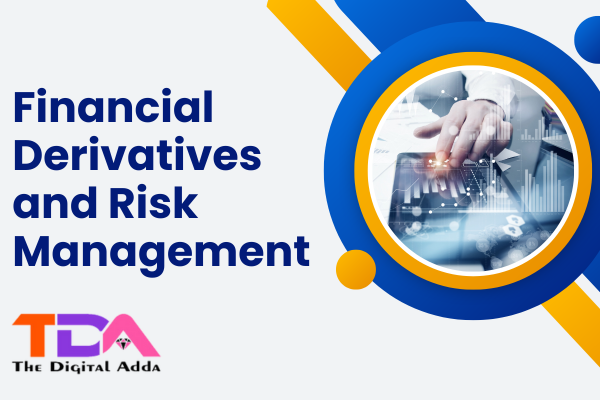Cyber Security Certification – The Digital ADDA
Cybersecurity, often referred to as information security or IT security, is the practice of protecting computer systems, networks, devices, and data from theft, damage, unauthorized access, or disruption. In today’s digital age, where data plays a crucial role in business and personal life, cybersecurity is of paramount importance. Here are some key aspects of cybersecurity:
- Cyber Threats: Cybersecurity focuses on defending against a wide range of cyber threats, including:
- Malware: Malicious software, such as viruses, worms, Trojans, and ransomware, that can compromise the security of computer systems.
- Phishing: Deceptive emails, messages, or websites used to trick individuals into revealing sensitive information like passwords and financial details.
- Cyberattacks: Deliberate and unauthorized attempts to breach computer systems, networks, and databases.
- Data Breaches: Unauthorized access or exposure of sensitive data, such as personal information or trade secrets.
- Components of Cybersecurity:
- Network Security: Protecting computer networks from unauthorized access, data breaches, and other cyber threats using technologies like firewalls, intrusion detection systems (IDS), and intrusion prevention systems (IPS).
- Endpoint Security: Securing individual devices (endpoints), such as computers, smartphones, and tablets, against malware and other threats.
- Application Security: Ensuring that software applications are developed and maintained with security in mind to prevent vulnerabilities and breaches.
- Data Security: Protecting data through encryption, access controls, data loss prevention (DLP), and secure data storage.
- Identity and Access Management (IAM): Managing user identities and controlling their access to systems and data to prevent unauthorized access.
- Security Awareness Training: Educating employees and users about cybersecurity best practices to reduce the risk of human errors and social engineering attacks.
- Incident Response and Management: Preparing for and responding to security incidents and breaches, including investigating, mitigating, and reporting them.
- Cybersecurity Best Practices:
- Strong Authentication: Implementing multi-factor authentication (MFA) to enhance login security.
- Regular Updates and Patching: Keeping operating systems, software, and firmware up to date to address known vulnerabilities.
- Network Segmentation: Dividing networks into segments to limit the lateral movement of attackers in the event of a breach.
- Security Auditing and Monitoring: Continuously monitoring network and system activity for signs of suspicious or malicious behavior.
- Backup and Disaster Recovery: Regularly backing up data and having a plan in place for recovering data and systems in the event of an incident.
- Security Policies and Procedures: Developing and enforcing cybersecurity policies, incident response plans, and acceptable use policies.
- Third-Party Risk Management: Assessing the security practices of third-party vendors and partners to protect against supply chain attacks.
- Cybersecurity Challenges:
- Evolving Threat Landscape: Cyber threats are constantly evolving, requiring continuous adaptation and defense strategies.
- Skills Gap: There is a shortage of skilled cybersecurity professionals, making it challenging for organizations to find and retain talent.
- Advanced Persistent Threats (APTs): Sophisticated and persistent attackers, often state-sponsored, pose significant challenges for defense.
- Compliance and Regulations: Meeting industry-specific and regional data protection regulations is a complex task.
Cybersecurity is not a one-time effort but an ongoing process that requires vigilance and continuous improvement. Organizations of all sizes, from individuals to large enterprises, must prioritize cybersecurity to protect their digital assets and data in an increasingly interconnected world. Collaborative efforts between government agencies, private sector organizations, and individuals are essential to combating cyber threats effectively.











